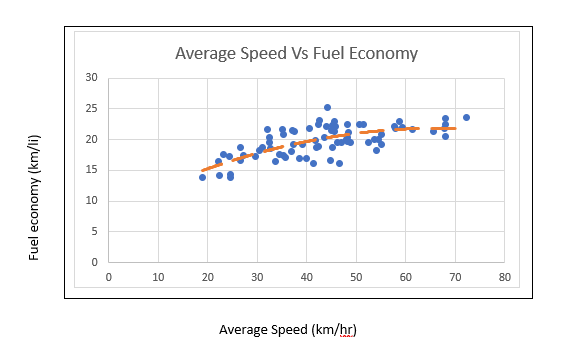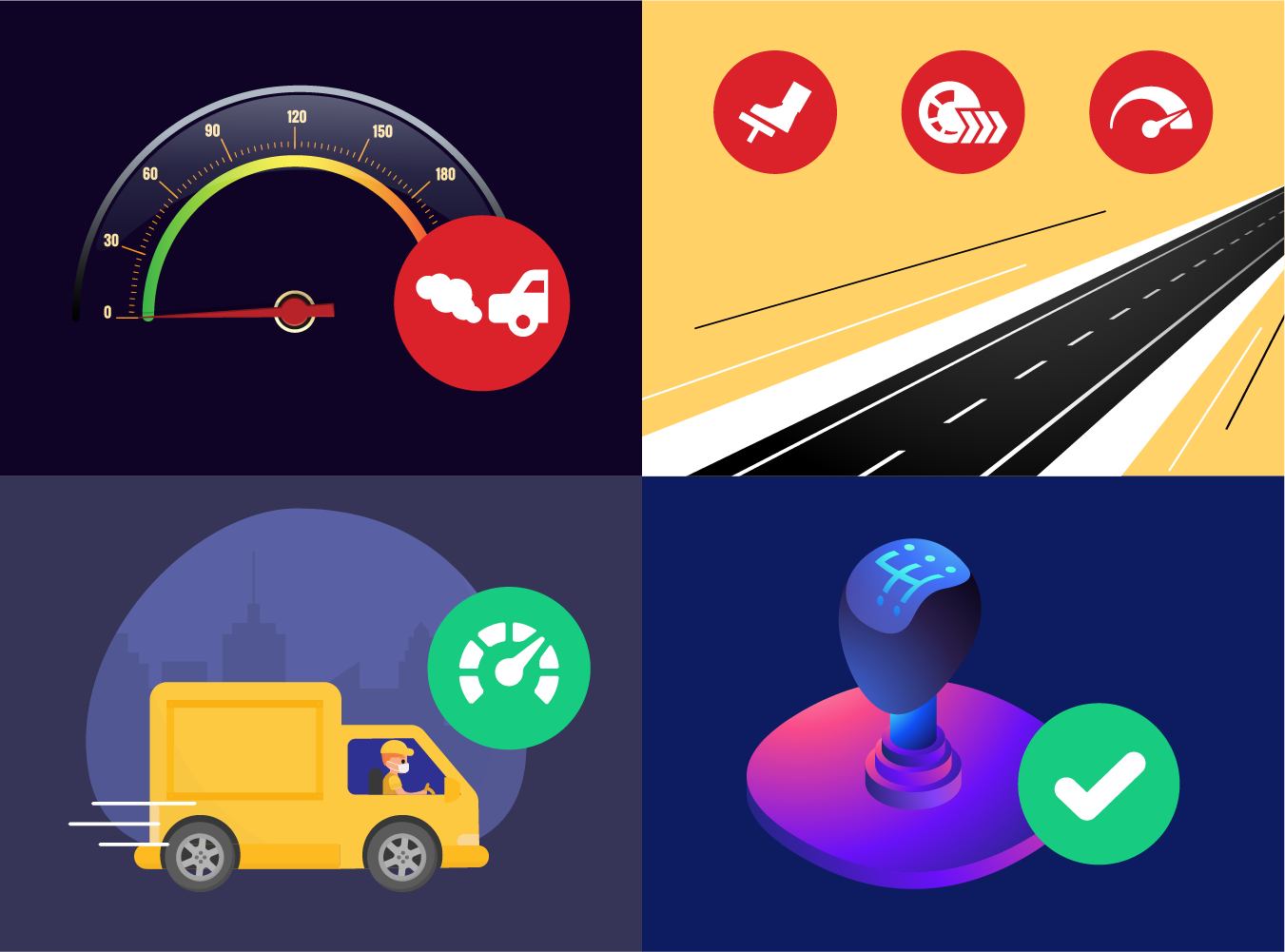Escalating operating costs are a concern for all vehicle owners, and fuel costs represent a significant part of that operating cost. With historically high fuel prices prevailing currently, this is an even immediate concern for many vehicle owners.
The fuel economy of a particular vehicle and the resulting fuel cost varies from the make/model of the vehicle and the road and traffic conditions on which it is plying. While these factors are not really controllable, economical driving behaviour is a factor that’s under the driver’s control and can help in extracting better fuel economy from any vehicle.
Based on our fuel economy prediction model built using our proprietary, 100s of millions of kilometres of driving behaviour data and observed fuel economy, we outline the top driving behaviour tips for improving fuel economy.
Control Idle time – Idling at zero speed is one of the causes of fuel wastage. Reduction in idling time can help fleet companies achieve significant savings in fuel costs. Sometimes drivers keep the engine running to avoid restarting the engine. However, even 10 seconds of engine idle results in more fuel consumption than starting the engine. One should monitor Idling time and educate drivers about the importance of switching off the engine when the vehicle is not moving.
Based on our prediction model, a 10-minute reduction in idling time on a 2-hour daily trip to the city can improve fuel economy by 5% per cent for a typical car.
From our experience of introducing Telematics in several fleets, monitoring and reducing Long Idling is a low hanging fruit that offers a significant reduction in the cost of fuel and early return on investment on telematics. That’s one reason Idling time trend chart along with real-time Idling alerts remain one of the most used features of AutoWiz Fleet Management solution.
Drive at optimal speed– Driving at an optimal speed gives the best fuel economy of a vehicle.
Below is an example of a fuel economy chart of a vehicle for the average speed, as recorded for multiple trips. As one can see, the Fuel economy improves with average speed to a certain level and after that, it tapers and starts trending down.

While in cities, traffic conditions and speed limits dictate driving speed, it is more controllable when driving on highways. As per our prediction model, increasing the percentage of cruising time at an optimum speed by 20% over a long trip can lead to fuel economy improvement of up to 5%. Optimal speed range and fuel economy vary based on vehicle make/model.

Check Aggressive Driving – Aggressive driving behaviour involving too frequent and severe sudden accelerations and sudden brakings causes more fuel consumption. Aggressive driving causes the engine to run at a higher RPM than necessary resulting in higher fuel consumption. It also increases the wear and tear of the vehicle parts including tyres and brake pads, thereby increasing vehicle maintenance and spare replacement costs.
Driving Alerts related to aggressive driving incidents like sudden acceleration, sudden braking and an overall Eco Driving Score in AutoBeacon help you get the necessary information to reduce aggressive driving.
Drive at right gear – For vehicles with manual gear shifts, driving in the wrong gear can also reduce fuel efficiency. Also, driving in the wrong gear puts more strain on the engine and transmission systems.
About AutoBeacon Driving Behavior Monitoring App
AutoBeacon is an advanced Smartphone-based Driving Behavior Monitoring solution that encourages Drivers to drive in a Safe and Economical manner. AutoBeacon logs each journey and highlights Risky Driving behavior including Overspeeding, Sudden Braking and Distracted Driving. App features personalized insights and gamified leaderboards based Safe Driving Scores in order to engage drivers and promote Safety.


